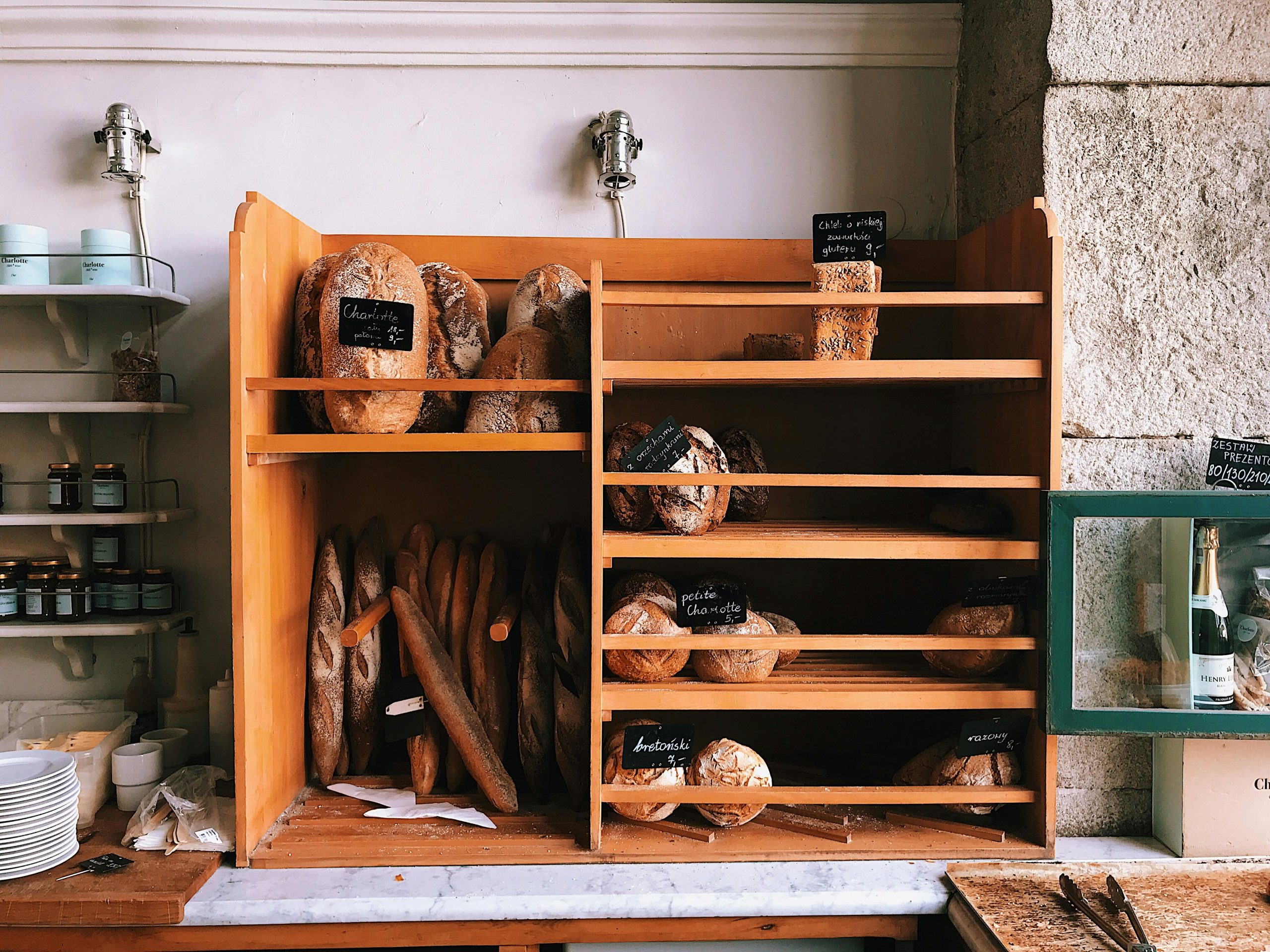Many grocery shoppers operate on autopilot, navigating a familiar route around the store perimeter – hitting produce, meat, dairy, and the bakery – and then making quick dashes down specific aisles for pantry staples. While this efficiency gets the job done, it often means bypassing entire sections of the store that harbor hidden opportunities for significant savings. Venturing off the well-trodden path and exploring these often-forgotten corners can uncover bargains on everything from basic ingredients to specialty items. Let’s shine a light on eight overlooked sections within your local grocery store that hold big savings.

Image Source: Pexels
1. The Bulk Bins Aisle
Often tucked away, the bulk bins section allows you to buy exact quantities of items like grains, beans, nuts, seeds, dried fruit, granola, and even spices and snacks, paying only for the product, not the packaging. Unit prices here are frequently much lower than their pre-packaged counterparts because you aren’t paying for branding or individual containers. It’s perfect for trying a small amount of a new ingredient or stocking up on staples you use frequently. Just remember to note the bin number for checkout and compare unit prices to ensure it’s truly a deal.
2. The International Foods Section
Don’t just walk past the international or ethnic foods aisle, thinking it only holds exotic ingredients. This section can be a goldmine for savings on staples like rice, beans, spices, sauces, canned tomatoes, and oils, often sold in larger quantities or at lower prices than similar items in the main aisles. Brands marketed toward specific ethnic communities may have less overhead for advertising, passing savings to you. Explore this aisle for high-quality ingredients, unique flavors, and potential bargains on everyday pantry needs.
3. Store Brands (Beyond the Basics)
Most shoppers know store brands (private labels) offer savings on basic staples like sugar or flour, but it pays to explore the full range of a store’s brand across different categories. From canned goods and frozen items to snacks, dairy, and even health and beauty products, store brands have significantly improved in quality over the years and often rival national brands at a lower price point. Don’t automatically reach for the familiar name; try the store brand, especially for items with minimal brand difference.
4. The Day-Old Bakery Rack

Image Source: Pexels
Many grocery stores with in-house bakeries collect bread, bagels, muffins, and pastries that weren’t sold the previous day and offer them at a steep discount on a dedicated “day-old” rack, often located near the bakery department. These items are still perfectly good to eat, especially if consumed quickly, toasted, or used in recipes like bread pudding or croutons. Checking this rack regularly can yield significant savings on baked goods that would otherwise contribute to food waste. Arrive earlier in the day for the best selection.
5. The Spice Aisle (Think Whole & Bulk)
While convenient, those small jars of pre-ground spices in the main spice aisle are notoriously expensive per ounce (as discussed previously!). Look for alternative spice options within the store. Check the bulk bins section (if available) for much cheaper per-ounce prices. Explore the international foods aisle for larger packets of spices, often at a better value. Consider buying whole spices, which stay fresh longer and offer more flavor when freshly ground – they are sometimes cheaper per ounce, too.
6. Frozen Fruits and Vegetables Section
While the fresh produce section gets prime attention, the frozen aisles hold excellent value, especially for fruits and vegetables out of season. Frozen produce is picked at peak ripeness and flash-frozen, locking in nutrients often better than fresh items that have traveled long distances. Berries, spinach, peas, corn, and fruit blends are typically much cheaper per pound when purchased frozen compared to their fresh counterparts, especially during winter months. They are perfect for smoothies, soups, stir-fries, and side dishes, offering both savings and convenience.
7. Behind the Butcher/Deli Counter

Image Source: Pexels
Don’t just grab pre-packaged meats. Engaging with the staff at the butcher or deli counter can unlock savings. Ask if they have cheaper cuts of meat suitable for slow cooking or grinding, or end pieces of deli meats and cheeses sold at a discount. Sometimes, you can request specific weights rather than being locked into pre-packaged amounts, helping control costs. Building a rapport with the staff can also lead to tips on upcoming sales or special offers.
8. Damaged Goods/Clearance End Caps
Separate from the main clearance aisle for near-expiration items, some stores have designated areas (often end caps) for products with slightly damaged packaging – dented cans, crushed boxes, torn labels. As long as the food seal itself is intact (especially for cans), these items are usually safe to consume and offered at a significant discount. This section often includes non-food items as well. It requires careful inspection, but finding usable products with cosmetic flaws is another way to snag a bargain.
Explore Every Corner for Value
Your grocery store holds more opportunities for savings than just the weekly ad specials. By venturing into less-trafficked aisles like the bulk bins and international foods section, considering store brands more broadly, and strategically checking areas like the bakery rack, frozen section, and service counters, you can uncover significant value. Making a habit of exploring these forgotten corners transforms a routine shopping trip into a potential treasure hunt, stretching your budget further while often reducing waste and discovering new favorites along the way. Keep your eyes open and happy saving!
What’s your favorite ‘forgotten’ section for finding deals at the grocery store? Have you discovered any unexpected bargains lately? Share your tips in the comments!
Read More
How Grocery Store Layouts Influence Your Shopping Habits
Are Grocery Stores Overcharging Customers with Underweight Meat Packages?


